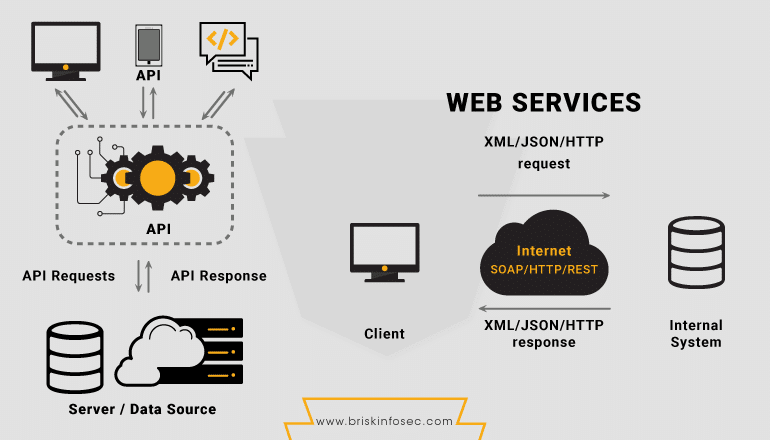The Three Main Types of Hypnosis: Exploring the Power of the Mind
Introduction
For ages, hypnosis, a condition of concentrated attention and increased suggestibility, has been utilised as a therapeutic therapy to create good transformation in individuals. It uses the mind’s power to generate a trance-like condition, which allows the hypnotist to access the subconscious and support behavioural changes. Various techniques to hypnosis have arisen over time, each with its own distinct characteristics and applications. In this post, we will look at the three basic types of hypnosis, its methodology, and potential advantages.
1. Traditional Hypnosis
Traditional hypnosis, often known as direct or authoritarian hypnosis, is the most well-known type of hypnotherapy. It entails a hypnotist taking on a dominant position and using clear instructions to produce trance in the patient. During the session, the hypnotist guides the subject into a profound level of relaxation and receptivity by using a soothing tone of voice and repetitive recommendations. This style of hypnosis is frequently associated with stage shows and entertainment, in which participants are urged to do hilarious or dramatic acts under the guidance of the hypnotist.

Traditional hypnosis can be a useful strategy for dealing with certain behavioural disorders such as smoking cessation, weight loss, or phobias. The hypnotist can help reframe limiting beliefs and support positive changes in thinking patterns and behaviours by accessing the subconscious mind. It should be noted, however, that the effectiveness of classical hypnosis is greatly dependent on the individual’s willingness and capacity to enter a trance-like state and listen to recommendations.
2. Ericksonian Hypnosis
Ericksonian hypnosis, named after the prominent psychiatrist and hypnotist Milton H. Erickson, is a more indirect and conversational approach to hypnosis than traditional hypnosis. Instead of using specific commands, the hypnotist uses analogies, parables, and open-ended suggestions to interact directly with the subconscious. This strategy strives to ignite the individual’s imagination, create teamwork, and empower the subject to use their inner resources for personal transformation.

Ericksonian hypnosis is especially beneficial for people who are resistant to or have problems establishing a typical trance state. This technique improves the individual’s subconscious mind’s overall receptivity and responsiveness by incorporating therapeutic recommendations within compelling narratives. Ericksonian hypnosis has been shown to be effective in a variety of therapeutic circumstances, including pain treatment, anxiety reduction, and self-esteem enhancement. Its adaptability and lack of danger make it appropriate for people of various ages and backgrounds.
3. Neuro-Linguistic Programming (NLP)
NLP, or Neuro-Linguistic Programming, is a distinct and dynamic style of hypnosis that focuses on the interaction of neurology, language, and behavioural patterns. NLP, which was developed in the 1970s by Richard Bandler and John Grinder, seeks to understand and influence how people process information and perceive the environment. It employs a variety of techniques, including hypnosis, to promote personal growth and improve communication skills. https://diversewebsitedesign.com.au/hypnotherapy-website-design/

Language patterns, visualisation exercises, and sensory-based procedures are used by NLP practitioners to assist individuals reframe their experiences and accomplish desired goals. NLP tries to discover and modify limiting beliefs and behaviours by analysing the structure of subjective experience. This sort of hypnosis has been used to improve athletic performance, public speaking, and personal growth.
Conclusion
In its different forms, hypnosis provides a strong avenue for human transformation and positive change. Individuals can tap into the immense capacity of their subconscious mind to overcome difficulties, break free from unhealthy behaviours, and unlock their actual potential using classical hypnosis, Ericksonian hypnosis, or Neuro-Linguistic Programming. Each style of hypnosis has its own distinct strategy and methodology, catering to various preferences and demands. What are the three main types of hypnosis?
To produce a trance state and assist behavioural changes, traditional hypnosis focuses on direct suggestions and authoritative instruction. It can help with specific difficulties like smoking cessation, weight loss, and phobias, but its effectiveness is dependent on the individual’s receptivity and willingness to enter the trance state.
In contrast, Ericksonian hypnosis utilises a more indirect and conversational technique. The hypnotist activates the individual’s imagination and allows them to tap into their inner resources by using analogies, stories, and open-ended suggestions. This therapy is especially beneficial for people who are resistant to standard hypnosis or have problems establishing a trance state.
Neuro-Linguistic Programming (NLP) explores and transforms the ways people receive information and experience the environment by combining hypnosis with language patterns, visualisation exercises, and sensory approaches. NLP practitioners strive to discover and change limiting beliefs and behaviours, so promoting personal growth and improving communication skills.
It is vital to highlight that the effectiveness of hypnosis, regardless of the style, is dependent on the hypnotist’s competence and expertise, as well as the individual receiving hypnosis’ willingness and cooperation. Furthermore, hypnosis should always be performed by qualified specialists who adhere to ethical standards and prioritise their customers’ well-being.
Finally, hypnosis provides access to the mind’s latent potential. Traditional hypnosis, Ericksonian hypnosis, and Neuro-Linguistic Programming are all different techniques to utilising this power. Exploring the vast world of hypnosis can be a transforming voyage into the depths of your subconscious mind, whether you wish to conquer a specific difficulty, improve your well-being, or uncover personal growth. https://www.dynamicwebdesign.com.au/our-services/ecommerce-website-development-melbourne/





